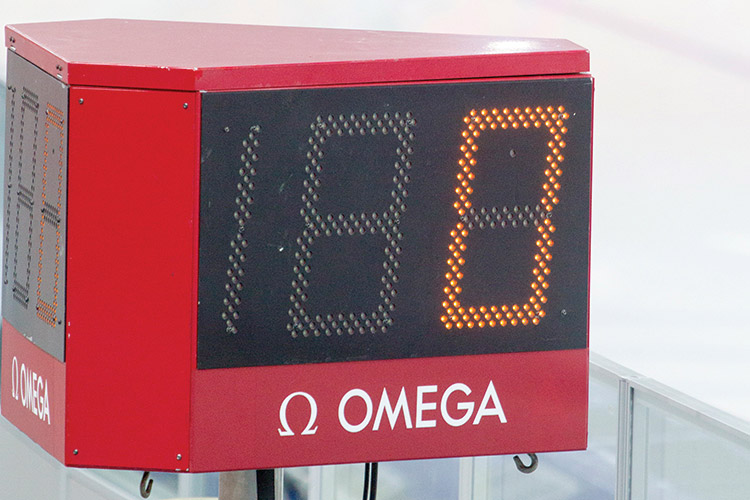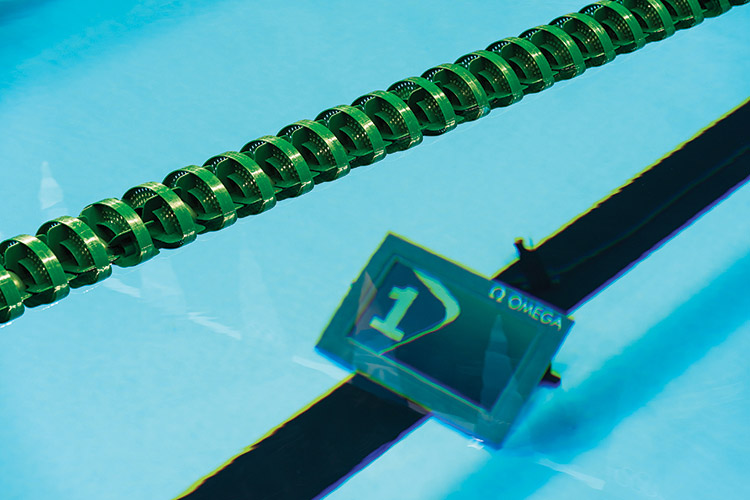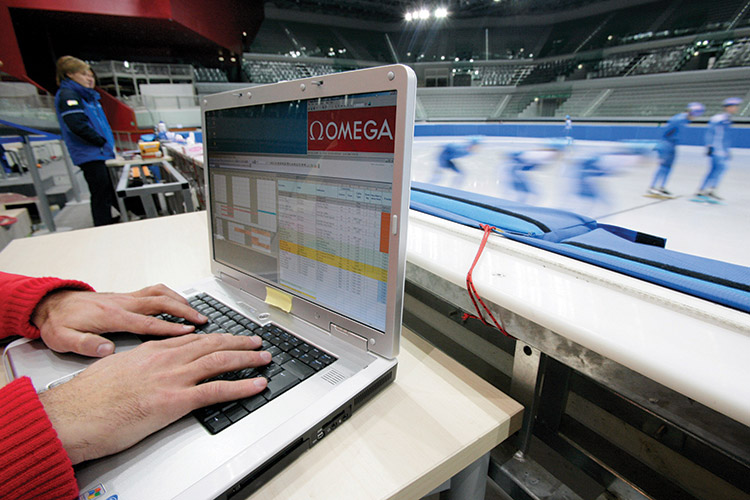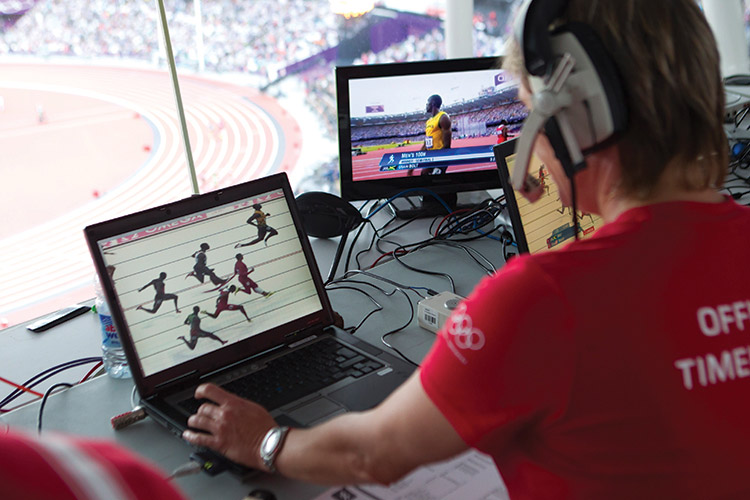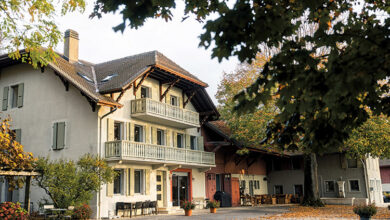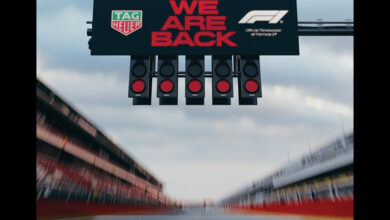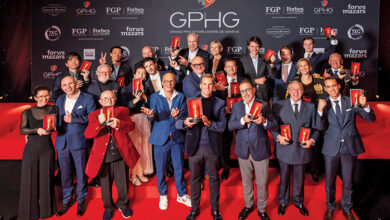Omega at the Olympics
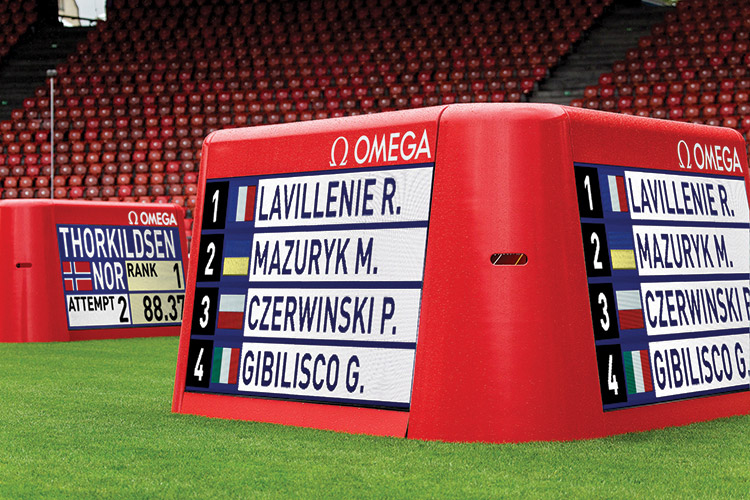
It was a little later than planned, but this year, for the 29th time in history, Omega fulfilled its role as the Official Timekeeper of the Olympic Games, bringing almost 90 years of experience to Tokyo 2020. 339 events in 33 sports were competed in Japan, and Omega was there measuring every second of action, including new sports for the Olympics such as karate, sport climbing, surfing baseball/softball, and skateboarding.
Of course, the greatest focus was on the determined athletes aiming for gold. Each of them had dedicated years, months and hours to reach this moment. Their dreams depended on the final results, making Omega’s precision and equipment a vital part of every event.
Thankfully, Omega has experience. The brand has been at the Olympic Games for nearly every edition since 1932. During those years, the brand has evolved, developed and implemented many of the most famous timekeeping technologies in sport. At Tokyo 2020, Omega’s expertise reached a new peak. As well as providing 400 tonnes of its most trusted and state-of-the-art equipment, the brand also continued a truly exciting era of real-time data measurement.
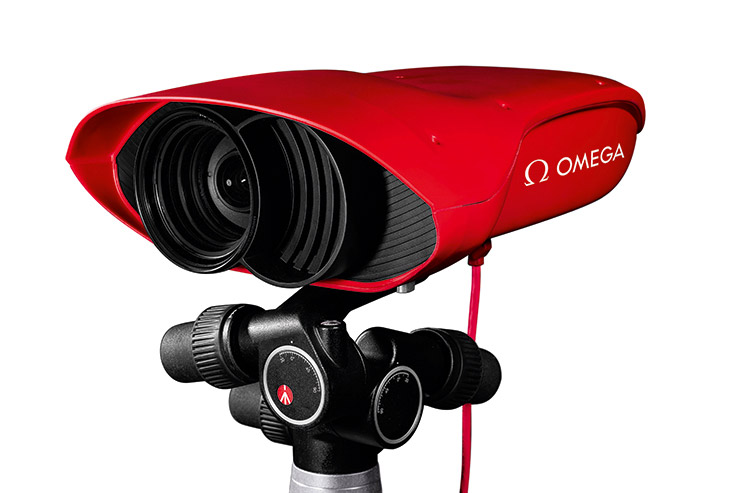
OMEGA AT TOKYO 2020
- 85 public scoreboards
- 900 trained volunteers
- 200km cables and optical fibre
- 350 sport-specific scoreboards
- 530 timekeepers and on-site professionals
- 400 tonnes of equipment
HIGHLIGHTS FROM HISTORY
We bring you some innovative and memorable moments of Omega in its role as Official Timekeeper of the Olympic Games on 29 occasions since 1932.
- 1932 – Los Angeles
A legacy begins
A single watch company – Omega – selected as Official Timekeeper of Olympic Games. One watchmaker and 30 high-precision stopwatches accurate to nearest 1/10th of a second began a legacy - 1936 – Garmisch-Partenkirchen
Timekeeping in winter
Winter events posed new challenges, particularly alpine skiing, where Omega sent starting times down the mountain by the next skier - 1948 – London
Electronic era
New technologies: photofinish camera pinpointing exact finish positions in races; Photoelectric Cell electronically stopped the clock as first athlete crossed finish line - 1952 – Helsinki
Rewards
Omega awarded IOC Cross of Merit for “exceptional services to the world of sport” – 20 years at Olympics; latest advancement: quartz-driven Omega Time Recorder - 1956 – Melbourne – Stockholm
Swimming goes electric
Swim Eight-O-Matic, world’s first semiautomatic swimming timer: Starting time automatically triggered by pistol while counters stopped at finish by handheld electric timers - 1964 – Innsbruck
Time on screen
Omegascope technology introduced the concept of “real time” sports reporting by superimposing live times of athletes on bottom of screen - 1968 – Mexico City
Swimming changes
Swimming touchpads – 90X240 cm, two-thirds immersed in water: when athletes reached finish, they could stop time with their own hands - 1976 – Montreal
Scoreboard revolutions
Video Matrix Board displayed show times, points, scores, and black-and-white video recordings. Designed for multiple alphabets, it beamed information across Stade Olympique - 1984 – Los Angeles
Detecting False Starts
False Start Detection Device: As athletes launched forward, their reaction time was triggered by their physical force, enabling detection of slightest false starts - 1988 – Seoul
Computerised timekeeping
While digitally storing statistics, Omega provided real-time information to main stadium through new video matrix board delivering first images and videos in colour - 2006 – Torino
Wearable technology
Athletes wore special transponders on ankles, which sent and received radio signals allowing Omega to capture specific time measurements throughout each race - 2012 – London
A Millionth of a Second
Quantum Timer: With 100 times greater resolution and a maximum variation of one second out of ten million seconds, it was five times more accurate - 2018 – Pyeongchang
Motion Sensor and Positioning Systems
Provided continuous measurements of every athlete’s performance from start to finish for each event as it happened. For athletes, this provided perfect analysis of their performance
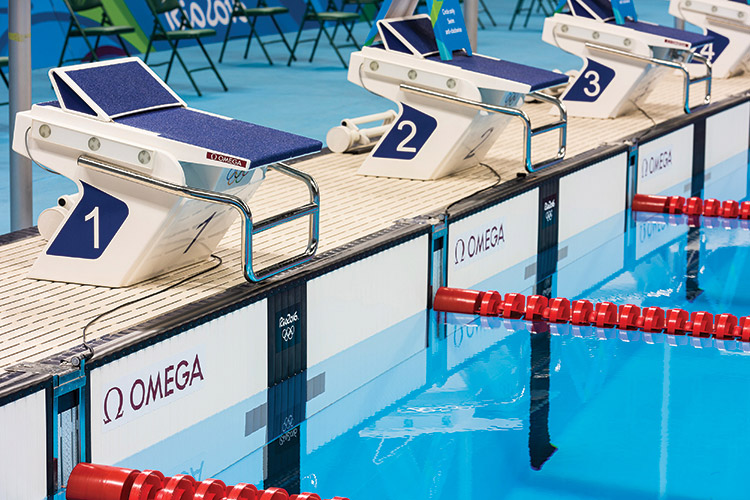
OMEGA’S MODERN TIMEKEEPING
Every event has its own timekeeping systems and sport-specific technology. We bring you some familiar pieces of Omega equipment you see most often
Electronic Starting Pistol
With traditional pistols, sound travels slower than light, meaning that athletes in furthest lanes hear the start later than others. Omega’s electronic pistol is connected to speakers positioned behind each racer. When the trigger is pressed, a sound is “played”, a light flash is emitted, and a start pulse is given to the timing device, ensuring an equal start to all
Athletics Starting Blocks
Starting blocks in Athletics are enhanced with integrated speakers and built-in sensors that measure an athlete’s force against the footrest 4,000 times per second, instantly sending them to an on-site computer so that starter can visually see any false start
Scan’o’vision Myria
This most advanced photofinish camera is placed on finish lines of sprints, hurdles, other races. Able to record up to 10,000 digital images per second, it produces a composite photo enabling judges to determine official rankings and times
Photocell Technology
This emits light beams at finish lines; when the winning athlete crosses them, their winning time is instantly recorded. Four photocells, all integrated into one unit, are used on finish lines allowing more body patterns to be detected
Swimming Light Show
An innovative light system features lights mounted on starting blocks at the end of the pool. When a race is over, these are used to instantly indicate the first, second, and third place finishers
Swimming Touchpads
Touchpads positioned at both ends of the pool allow swimmers to “stop the clock,” making this the only sport where competitors can stop their own running time
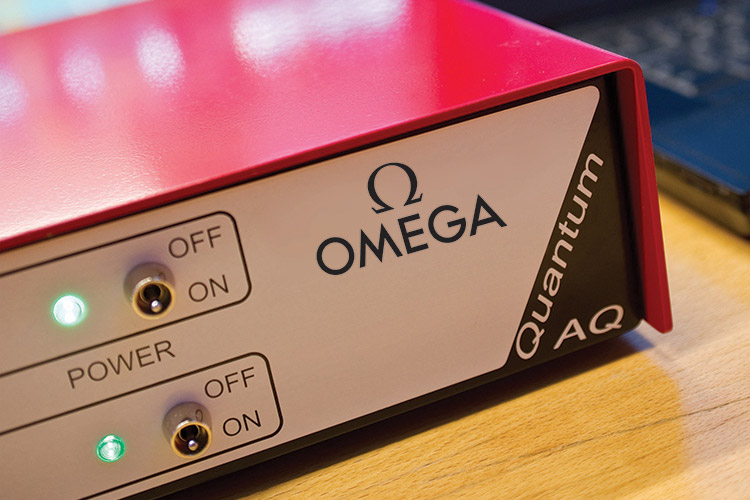
Quantum Timer
Driven by a microcrystal component imbedded in timer, the resolution is 100 times greater, with a maximum variation of 1/10 million seconds, it is five times more accurate
Hi-Resolution Scoreboards
These display winners’ names, results, their national flag, animations, athlete pictures, visual imagery in addition to text and live information, adding to the drama
NEW OMEGA TECHNOLOGY FOR TOKYO 2020
From the very beginning of Tokyo 2020, Omega was able to tell the complete story of each event as it happened. With the use of motion sensing and positioning systems, a comprehensive range of real-time data was collected, giving a total understanding of how each event was won.
It showed exactly how an athlete reached their final time and result, making it ideal for athletes and coaches to understand where they won or lost time. It was also beneficial for spectators, giving them added insight into the sport as commentators and analysts had much more content for their storytelling.
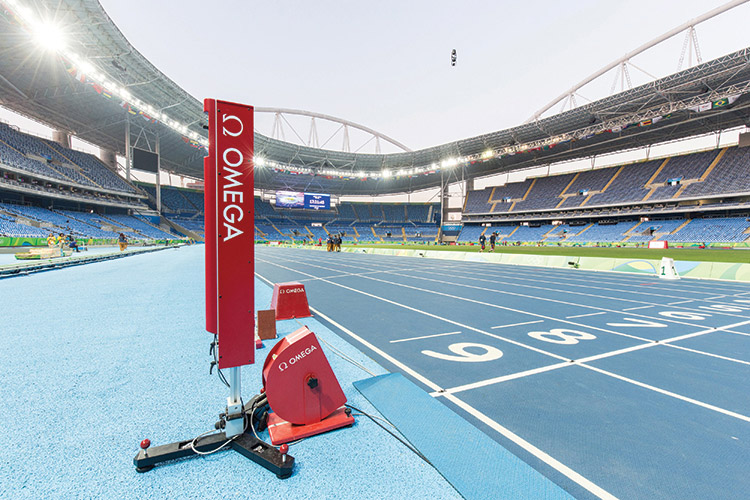
HOW IT WORKS
- BEACH VOLLEYBALL
Omega used image-tracking cameras installed around the field of play, capturing every moment of action. The cameras tracked the ball and players, giving detailed information on full game play and how each point was scored.Omega could provide details such as the distances each player covered; speed of players and ball; unique player techniques, including number of jumps and height; type of shots, from smashes to blocks, spikes – all of which enabled a complete tactical analysis of play, revealing strengths and strategies of each player and team.
- GYMNASTICS
Pose Detection, an incredibly advanced system, registered the complete movements of each athlete, and could be used as an adjudication tool for judges. They could review an athlete’s technique, synchronicity of performers in trampoline; horizontal displacement in trampoline (how accurately the athlete hit the middle of the jumping mat). - EQUESTRIAN
Omega’s special image-tracking technology followed equestrian action, while laser detection pinpointed horse’s movement. In this sport, the difference between gold and silver can come down to one obstacle, so every second matters. Omega could provide distances; live and average speeds; time of flight over a jump; rider’s exact path around course; and trajectory over a jump.

- SPORT CLIMBING
A new sport, athletes competed in three disciplines, the results of which were combined as a single ranking to determine men’s and women’s medals. - Speed
Fastest to reach top of a 15m wall. Two athletes competed side by side, with two clocks positioned at the top of the wall. When the climbers reached the top, they stopped their own time by hitting the new climbing touchpads. - Lead
Each athlete was given 6 minutes to climb as high as possible on a 15m wall. Only one attempt was allowed and ranking was based on height achieved, with a “+” added to their score if they were moving in the direction of the next hold when falling off the wall. - Bouldering
Athletes compete on 4.5m high structures known as boulders, with each presenting different challenges. Competitors must solve as many as they can within a set amount of time, carefully timed.
